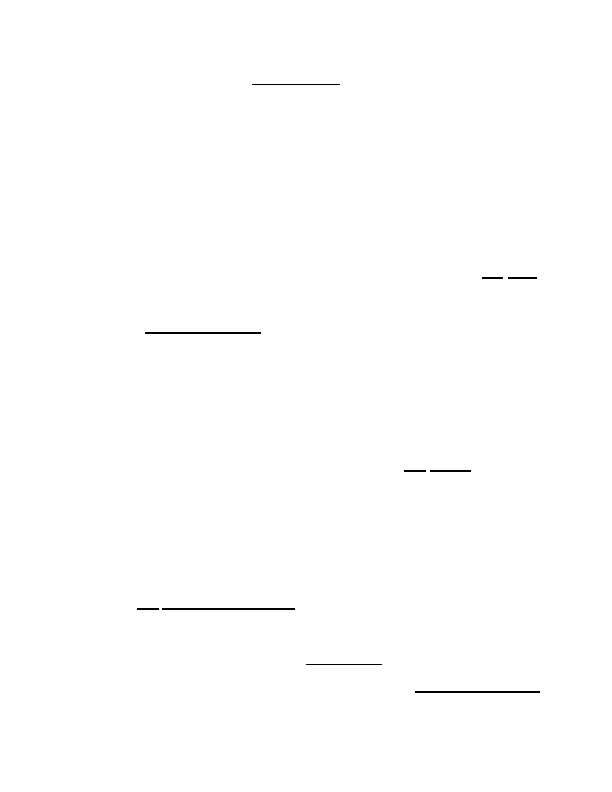
the progress of ‘useful arts.’” In re Musgrave, 431 F.2d 882, 893 (CCPA 1970)
(emphasis added).
Business method patents do not promote the “useful arts” because they are not
directed to any technological or scientific innovation. Although business method
applications may use technology—such as computers—to accomplish desired results,
the innovative aspect of the claimed method is an entrepreneurial rather than a
technological one. Thus, although Bilski’s claimed hedging method could theoretically
be implemented on a computer, that alone does not render it patentable. See Diehr,
450 U.S. at 192 n.14 (Patentability cannot be established by the “token” use of
technology.); Gottschalk v. Benson, 409 U.S. 63, 64-66 (1972) (finding unpatentable a
method of programming a general purpose digital computer to convert signals from
binary-coded decimal to pure binary form). Where a claimed business method simply
uses a known machine to do what it was designed to do, such as using a computer to
gather data or perform calculations, use of that machine will not bring otherwise
unpatentable subject matter within the ambit of section 101. See Benson, 409 U.S. at
67 (finding a process unpatentable where “[t]he mathematical procedures [could] be
carried out in existing computers long in use, no new machinery being necessary”).
Although the Supreme Court has not directly addressed the patentability of
business methods, several of its decisions implicitly tether patentability to technological
innovation. See Pfaff v. Wells Elecs., Inc., 525 U.S. 55, 63 (1998) (“[T]he patent system
represents a carefully crafted bargain that encourages both the creation and the public
disclosure of new and useful advances in technology, in return for an exclusive
monopoly for a limited period of time.” (emphasis added)); Markman v. Westview
2007-1130
9

